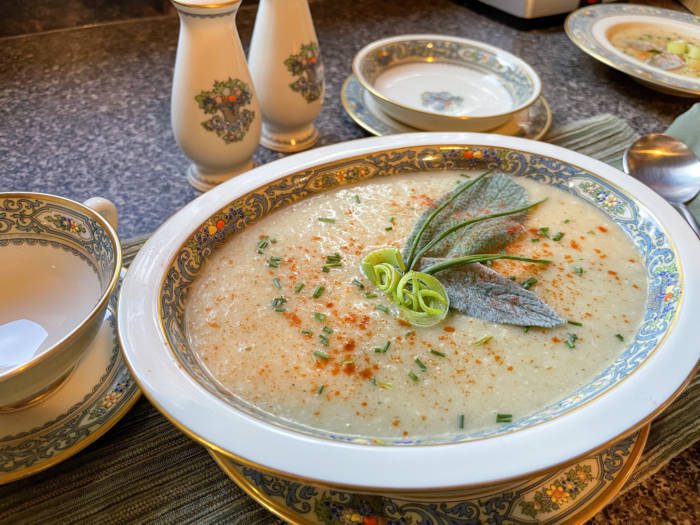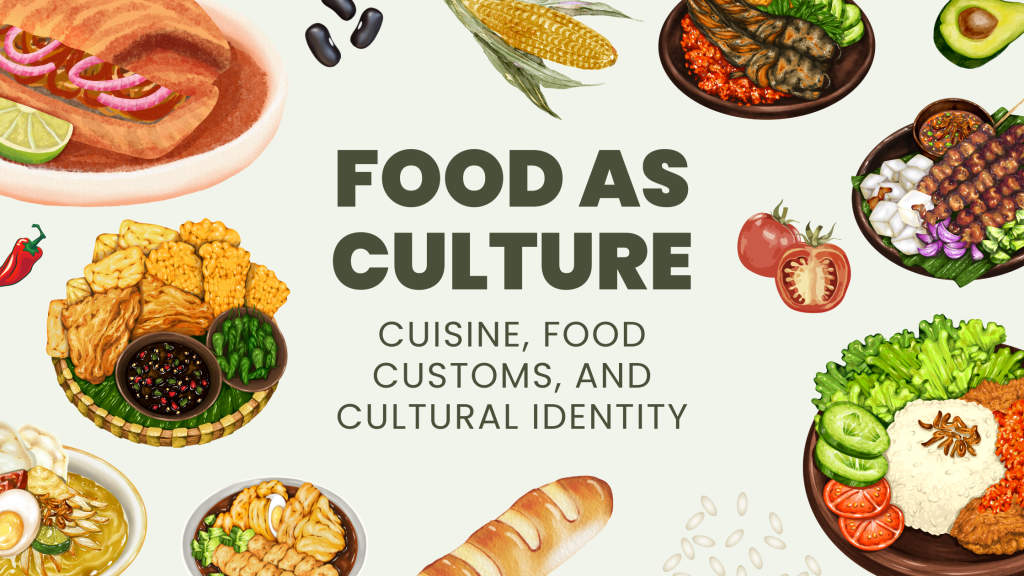The Ultimate Guide to Selecting Perfect Ingredients for Your Kitchen Creations
Stepping into my kitchen each day feels like embarking on a culinary adventure filled with endless possibilities. Throughout my journey as a home chef, I’ve discovered that the true secret behind memorable dishes isn’t just technique – it’s about understanding and selecting ingredients that elevate every recipe. Amazingly, even the simplest meal can transform into something extraordinary when you know how to choose ingredients that work harmoniously together.
Have you ever wondered why some home-cooked meals taste astoundingly better than others? The answer often lies not in complicated cooking methods but in the thoughtful selection of each component that goes into your pot or pan. Today, I’m thrilled to share my personal insights on how to become more intentional about ingredient selection – a skill that has absolutely revolutionized my cooking.
Understanding Ingredient Quality and Its Impact on Your Cooking

When I first began cooking seriously, I naively believed that following recipes precisely was the only factor that mattered. However, I quickly learned a fundamental truth: even the most meticulously followed recipe will fall flat with mediocre ingredients. Quality truly makes an astonishing difference in both flavor and nutritional value.
The connection between ingredient quality and cooking results cannot be overstated. Fresh, properly sourced ingredients contain more vibrant flavors, higher nutritional content, and often require less manipulation to shine. In contrast, ingredients that are out of season, improperly stored, or of lower quality frequently need additional seasoning or preparation to compensate for their shortcomings.
Consider this perspective: ingredients are the foundation upon which your entire dish is built. Just as you wouldn’t construct a house on shaky ground, building a memorable meal requires starting with the strongest possible foundation. This mindset shift completely transformed my approach to cooking.
“The quality of your ingredients directly determines the ceiling of what your dish can become. No amount of culinary technique can fully compensate for starting with ingredients that lack integrity and flavor.”
Seasonal Selection: The Secret Calendar of Flavor

Learning to cook according to seasons was perhaps the most game-changing discovery in my culinary journey. Fruits and vegetables harvested during their natural growing season deliver remarkably superior flavor, texture, and nutritional benefits compared to their out-of-season counterparts. Furthermore, seasonal ingredients typically travel shorter distances to reach your market, meaning they’re fresher upon arrival.
During summer months, I eagerly incorporate juicy tomatoes, crisp corn, and fragrant basil into nearly everything. When autumn arrives, I transition to hearty squashes, sweet root vegetables, and warming spices. This rhythmic approach to ingredient selection not only ensures better flavor but connects my cooking to the natural cycles happening outside my kitchen window.
Additionally, seasonal shopping often proves more economical. When ingredients are abundant, prices typically decrease a wonderful bonus that allows me to purchase higher quality items while staying within my budget. This practical benefit alongside superior flavor makes seasonal cooking an unbeatable approach.
Building Your Flavor Foundations: Essential Pantry Ingredients
While fresh ingredients form the cornerstone of excellent cooking, maintaining a well-stocked pantry with quality staples creates a powerful foundation for spontaneous cooking. These pantry essentials frequently determine whether a dish tastes merely adequate or genuinely memorable.
- High-quality oils and vinegars: Invest in at least one exceptional extra virgin olive oil for finishing dishes and a neutral oil for cooking. Similarly, good balsamic vinegar, rice vinegar, and apple cider vinegar open up countless flavor possibilities.
- Salts and peppers: Different salt varieties (kosher, sea salt, finishing salts) serve distinct purposes in cooking. Freshly ground pepper from whole peppercorns delivers significantly more aromatic complexity than pre-ground options.
- Herbs and spices: Replace dried herbs and ground spices regularly (ideally every 6-12 months) to ensure maximum flavor. Consider buying whole spices when possible and grinding them as needed.
- Aromatics: Garlic, onions, shallots, and ginger form the flavor foundation of countless recipes across cuisines. Understanding how to select fresh, aromatic specimens dramatically impacts your cooking.
Decoding Food Labels and Marketing Claims
Navigating modern grocery stores requires developing a critical eye for marketing claims and food labels. Unfortunately, terms like “natural,” “artisanal,” and “premium” aren’t regulated and often serve primarily as marketing tools rather than meaningful indicators of quality. I’ve learned to look beyond flashy packaging and delve deeper into what matters.
Understanding certification labels has proved invaluable in my shopping. Terms like “USDA Organic,” “Non-GMO Project Verified,” and “Animal Welfare Approved” follow specific standards and verification processes. While not perfect, these certifications provide more reliable information than unregulated marketing language.
Perhaps most importantly, I’ve developed relationships with local producers at farmers markets who can directly answer questions about growing practices, animal treatment, and harvesting methods. This direct connection to food sources has profoundly enhanced my understanding of ingredients and subsequently improved my cooking.
Matching Ingredients to Cooking Methods for Optimal Results
One fascinating aspect of ingredient selection involves understanding how different items respond to various cooking methods. This knowledge helps me choose appropriate ingredients for specific techniques, creating more successful dishes consistently.
| Cooking Method | Best Ingredient Characteristics | Examples |
|---|---|---|
| High-heat roasting | Dense vegetables with natural sugars | Carrots, parsnips, Brussels sprouts |
| Slow braising | Tough cuts with connective tissue | Beef chuck, pork shoulder, lamb shanks |
| Quick sautéing | Tender vegetables, thin proteins | Asparagus, spinach, fish fillets |
| Steaming | Delicate items that lose nutrients with other methods | Leafy greens, shellfish, dumplings |
Understanding these relationships has dramatically improved my success rate with new recipes. Rather than blindly following instructions, I can now make informed substitutions based on what ingredients will respond well to specific cooking approaches.
Cultural Context: Respecting Ingredient Traditions

Each culinary tradition developed over centuries with ingredients available in specific regions, creating beautifully balanced flavor profiles. I’ve found that respecting these traditional pairings often leads to more authentic and satisfying results than making arbitrary substitutions.
When exploring a new cuisine, I research traditional ingredient combinations and techniques before attempting substitutions. For instance, Italian cuisine relies heavily on regional ingredient combinations – Sicilian cooking features citrus, capers, and seafood, while Northern Italian traditions incorporate more butter, rice, and alpine cheeses.
This doesn’t mean avoiding creative adaptations entirely. Rather, I’ve learned to make informed modifications that maintain the spirit of traditional flavor profiles while accommodating modern needs or local availability. This balanced approach honors culinary heritage while allowing practical flexibility.
Ethical Considerations in Ingredient Selection
Increasingly, I find that truly excellent cooking requires considering not just how ingredients taste but also their broader impact. Environmental sustainability, humane animal treatment, fair labor practices, and supporting local economies have become important factors in my ingredient decisions.
These considerations needn’t feel overwhelming. I began with small, manageable changes purchasing fairly traded coffee and chocolate, choosing seafood using sustainability guides, and buying meat from producers with transparent animal welfare practices. Each decision connects my kitchen to larger food systems in meaningful ways.
Surprisingly, these ethical choices often align perfectly with selecting superior ingredients. Food produced with care for environmental and social impacts frequently delivers exceptional quality and flavor. This alignment between ethics and taste creates a deeply satisfying approach to cooking.
Finding Your Ingredient Sources: Beyond the Supermarket

Expanding beyond conventional supermarkets has dramatically improved my access to exceptional ingredients. Farmers markets, community supported agriculture (CSA) programs, specialty shops, and even growing some items myself have all opened new possibilities for my cooking.
Local farmers markets remain my favorite ingredient source, offering unparalleled freshness and diversity while supporting regional agriculture. I’ve discovered heirloom varieties, unique herbs, and specialty items I’d never encounter in conventional stores. Additionally, direct conversations with producers provide invaluable knowledge about optimal usage and storage.
For pantry staples and specialty items, independent food shops, ethnic markets, and even carefully selected online retailers have expanded my ingredient horizons considerably. These alternative sources frequently offer superior quality, better value, and more interesting options than standard supermarkets.
Developing Your Ingredient Intuition Through Practice
Ultimately, selecting exceptional ingredients becomes intuitive with practice and attention. I’ve trained my senses to recognize visual and aromatic cues that indicate quality – the vibrant colors of fresh produce, the distinctive fragrance of properly ripened fruit, the firm texture of fresh fish.
This intuition develops gradually through mindful shopping and cooking. With each market visit and meal preparation, I observe more carefully, asking questions about seasonality, origin, and production methods. These accumulated observations have transformed how I interact with ingredients.
The journey toward ingredient mastery never truly ends – there’s always more to learn, new varieties to discover, and deeper connections to forge with food sources. This ongoing exploration keeps cooking perpetually fascinating and rewarding, constantly opening new creative possibilities in my kitchen.
<script type="text/javascript" src="http://classic.avantlink.com/affiliate_app_confirm.php?mode=js&authResponse=2fb03251dfeb46f1c1c28650685765c28fce53bb"></script>





